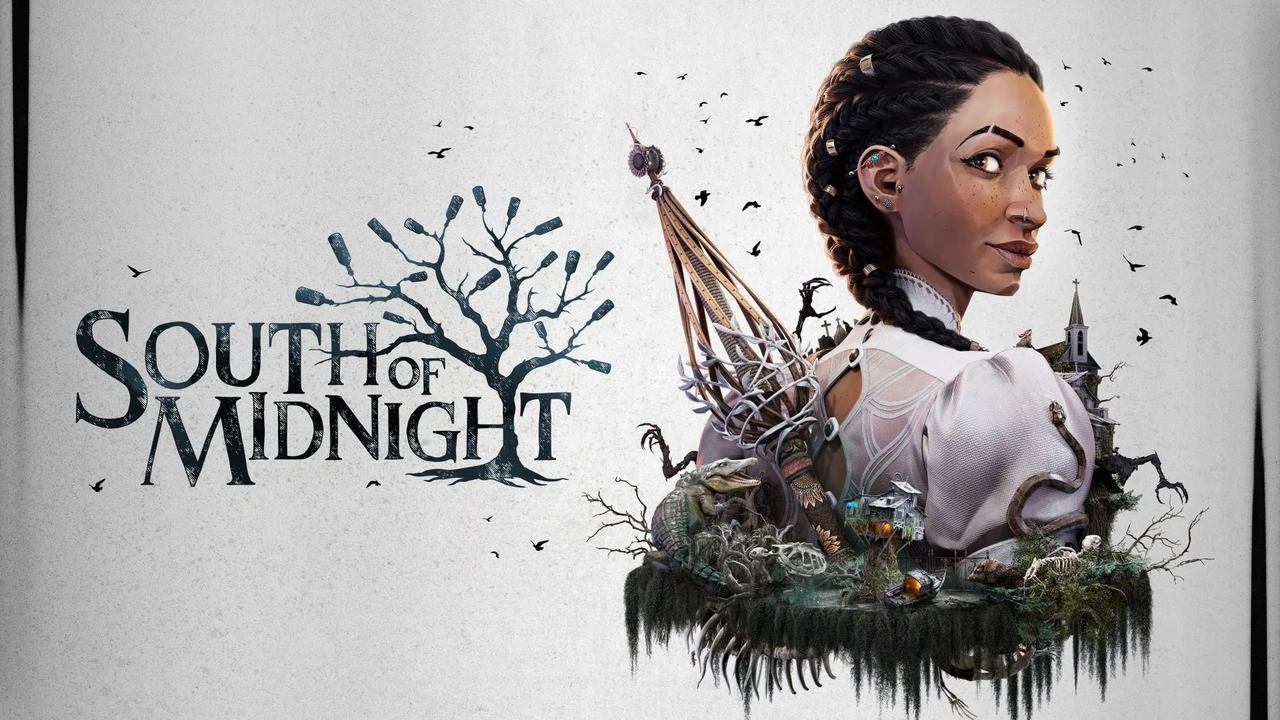
I first saw South of Midnight during that trailer with the Catfish banjo guy. It looked weird, maybe even too weird. But something about its stop-motion vibe and Deep South setting stuck with me. I grew up on stories passed down from relatives, and this game felt like it was pulling from the same kind of folklore. When I finally got the chance to play it, I didn’t expect it to hit me so personally.
Developed by Compulsion Games and published by Xbox Game Studios, South of Midnight is an action-adventure game rooted in Southern gothic storytelling. You play as Hazel Flood, a young woman searching for her mother after a devastating storm tears through her hometown of Prospero. That search takes her beyond the physical world into a realm shaped by memory, pain, and healing.
From the moment Hazel steps into Prospero, South of Midnight sets a tone I didn’t expect. It leans into its Southern roots, mixing grounded moments with strange, magical ones. There’s an immediate sense that the game wants to do things its own way, and that had me curious to see where it would lead.
Stories Tied in Strands
South of Midnight begins with Hazel Flood losing her mother to a sudden hurricane. It’s a dramatic opening, but the real story starts once Hazel discovers she’s a Weaver. That role lets her see people’s pain as literal knots in the world’s fabric—knots she can unravel to help them heal. Every thread she follows ties back to the town of Prospero and its buried history.
The game tells its story across fourteen chapters, each focused on a different person or memory. Some are simple, like lost friendships or regrets. Others go deeper, dealing with things like grief, systemic harm, and unspoken trauma. The writing treats every topic seriously, without turning it into a lecture or performance. Even the stranger moments feel grounded because they reflect real experiences and emotions.
I didn’t expect South of Midnight to handle its themes with this much care. When Hazel started uncovering stories about the people she helped—and how pain and trauma were passed down—I actually had to pause a few times. One side story involving a father and son hit harder than I expected, maybe because it reminded me of something from my own family. It didn’t preach or spell things out. It just let the story speak for itself.
Hazel’s own journey ties into all of this, as she learns more about her family, her role as a Weaver, and the people who came before her. Some plot threads don’t get full resolution, which felt a bit unfinished by the end. But most of the big moments land well, and Hazel’s growth gives the story a strong centre.

Knots, Hooks, and a Bit of Haint Trouble
Most of South of Midnight’s gameplay is split between traversal, light puzzles, and combat. You’ll spend a lot of time running, climbing, jumping, and using Hazel’s powers to reach new areas or handle Haints. The game keeps the controls simple. You get a double jump, a glide, wall-running, and a grappling weave. Each ability unlocks gradually, and by the halfway point, you’re stringing them together in ways that feel smooth without being overwhelming.
There was this one section in the swamp where everything clicked. I had just unlocked Hazel’s glide, and I was using it to cross a broken path above the water. Haints were circling below, so I had to stay moving. I used the grappling weave to swing toward a branch, then wall-ran to reach a hidden Floof tucked behind a tree. It wasn’t some huge moment, but the way it all flowed together—glide, hook, run—felt good.
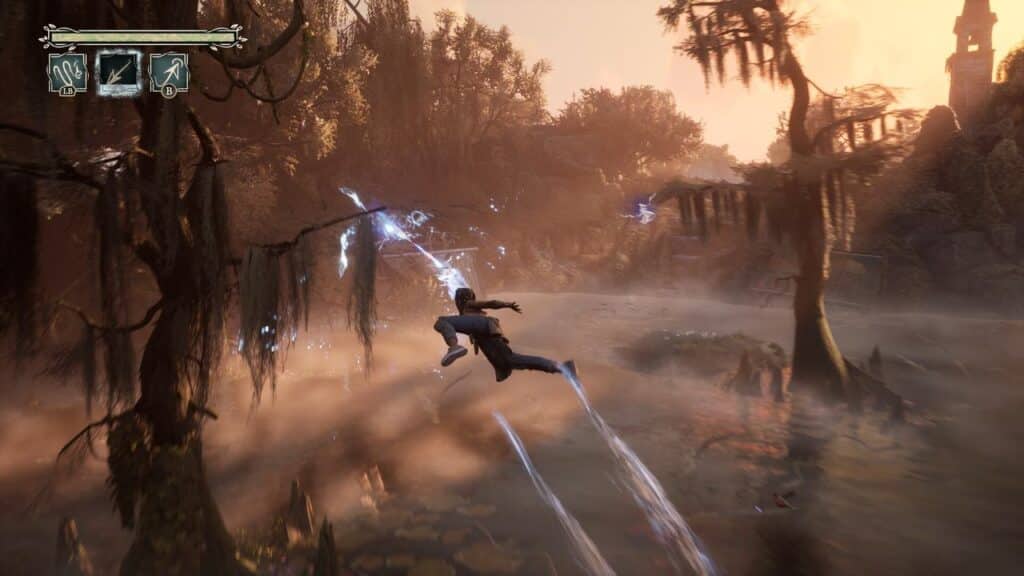
Combat’s a bit less exciting. You’ll fight Haints in closed-off arenas using basic attacks and Weaver abilities. You can bind enemies, knock them back, or pull yourself toward them. Everything works fine, but it never evolves much. Most fights become about clearing waves and unraveling the final Knot. Bosses follow the rule-of-three pattern and lean more on spectacle than challenge.
Upgrades come from collecting Floofs and using them to unlock new spells or extend cooldowns. Exploration helps with that, but if you miss a few, it won’t punish you. I never felt stuck or underpowered.
Combat may feel routine by the end, but movement and exploration stay satisfying. The best parts come when you’re using everything Hazel has just to reach one glowing thread off the main path.
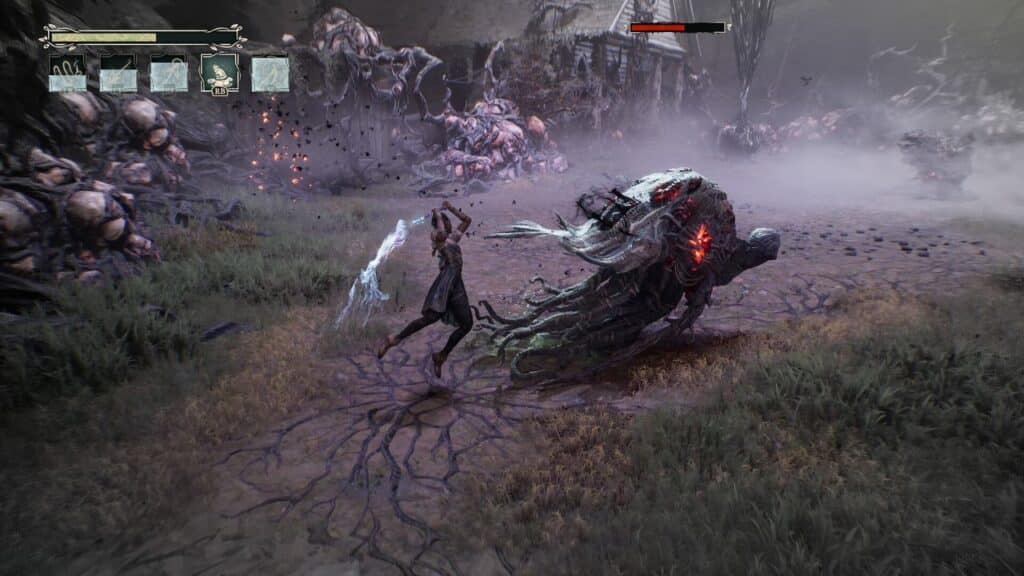
Claymation Dreams and Musical Scenes
South of Midnight doesn’t look or sound like other games, and that’s by design. Its art style mixes painterly textures with stop-motion animation to create something strange but memorable. Character movement has a hand-animated feel to it, especially in cutscenes. That style might throw you off at first—I thought my frame rate was dropping—but once you get used to it, it starts to feel right.
The first time I saw the stop-motion style in motion, I wasn’t sure what to think. I thought my frame rate was tanking. But once I realized it was intentional, it started to grow on me. It doesn’t look like anything else out there. I turned it off during gameplay, but it stays on in cutscenes. One scene with Hazel and Catfish sitting near the river really stood out—like watching an old claymation short, but weirder.
The environments stick close to the Southern U.S. setting, from ruined plantations to mossy swamps. There’s variety, but it always fits the story. Enemy designs lean into folklore, mixing ghostly forms with odd, abstract features. Catfish, Hazel’s guide, looks part mascot and part nightmare, but somehow it works.
The soundtrack is the real standout. Songs kick in during boss fights and major moments, following your actions in real time. Genres shift between blues, ragtime, and gospel, giving each area its own sound. Voice acting is strong across the board, with Hazel’s performance carrying the quieter moments well.
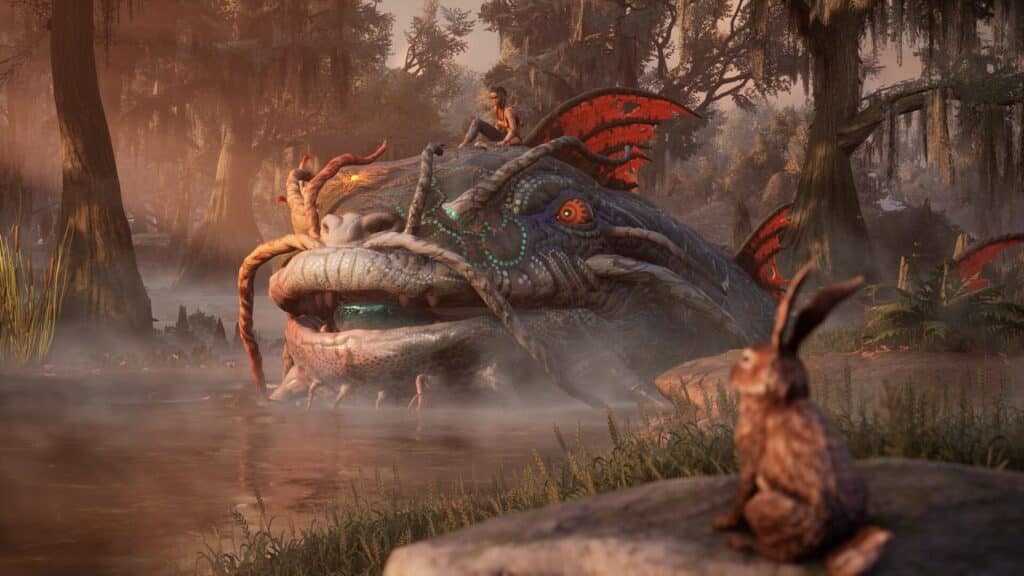
What Remains After the Storm
South of Midnight isn’t trying to wow you with spectacle or size. It’s more focused than that. The story stays personal, the world feels lived-in, and most of the gameplay is built to support Hazel’s journey rather than distract from it. Some things don’t fully land—combat gets repetitive, and a few plotlines fade out without closure—but those moments don’t take away from what the game does well.
When the credits rolled, I didn’t feel blown away or underwhelmed. I just sat there thinking about the people Hazel had helped. Most games like this try to wrap everything up neatly, but South of Midnight leaves space for things to stay messy. That stuck with me more than I expected.
It’s not a long game, and it doesn’t ask much from you mechanically. All it really asks is that you slow down and pay attention. That may not work for everyone, especially if you’re coming in hoping for deep combat or complex puzzles. But if you’re interested in character-driven stories and don’t mind a slower pace, there’s something meaningful here.
The visuals and music do a lot of the heavy lifting, and the atmosphere they create carries even the slower moments. It’s a game built on small details: the sound of a storm in the distance, the way Hazel glides past twisted trees, or how a song kicks in just as a memory starts to surface.
It’s not trying to be a blockbuster. It just wants to tell a story that lingers—and it does.
South of Midnight
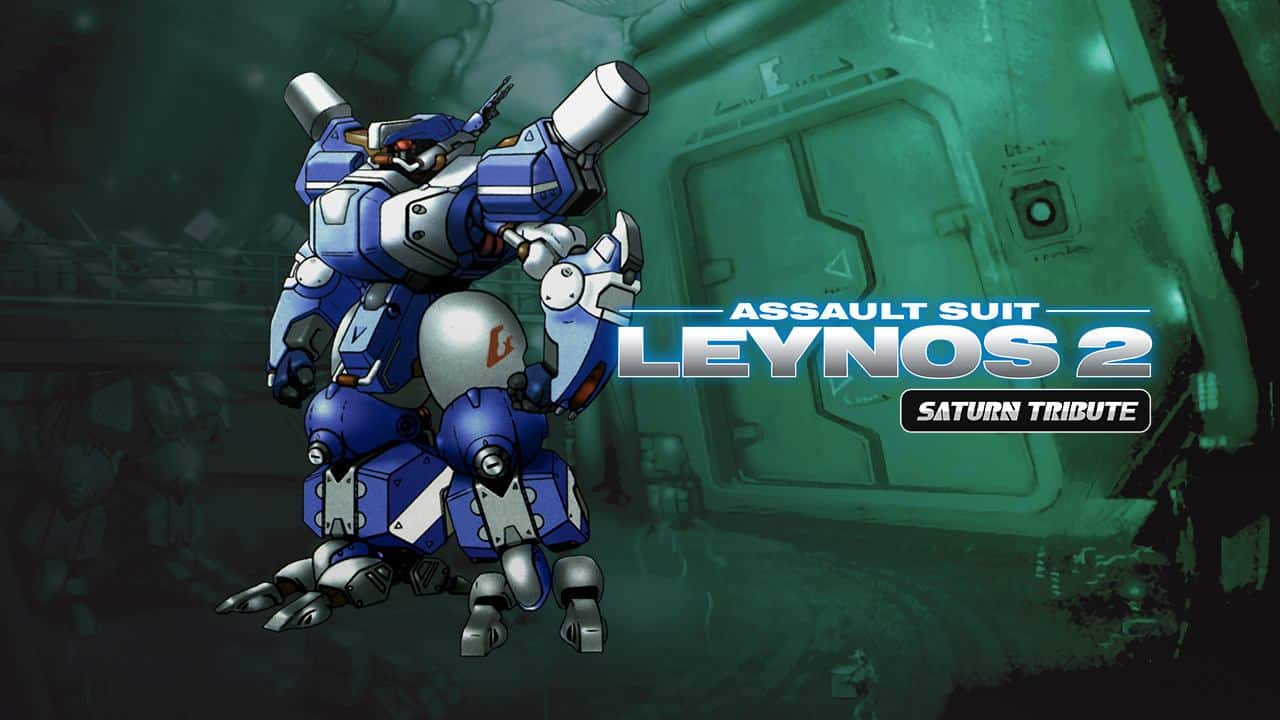
Summary
South of Midnight delivers a grounded action-adventure with atmospheric visuals, smooth traversal, and heartfelt storytelling. Combat feels limited, and some side threads go unresolved, but the world and characters leave a lasting impression. The stop-motion style and dynamic music stand out, giving the game a unique identity. If you’re into slower-paced, story-first experiences, this one’s worth checking out.
As always, remember to follow us on our social media platforms (e.g., Threads, X (Twitter), Bluesky, YouTube, and Facebook) to stay up-to-date with the latest news. This website contains affiliate links. We may receive a commission when you click on these links and make a purchase, at no extra cost to you. We are an independent site, and the opinions expressed here are our own.









